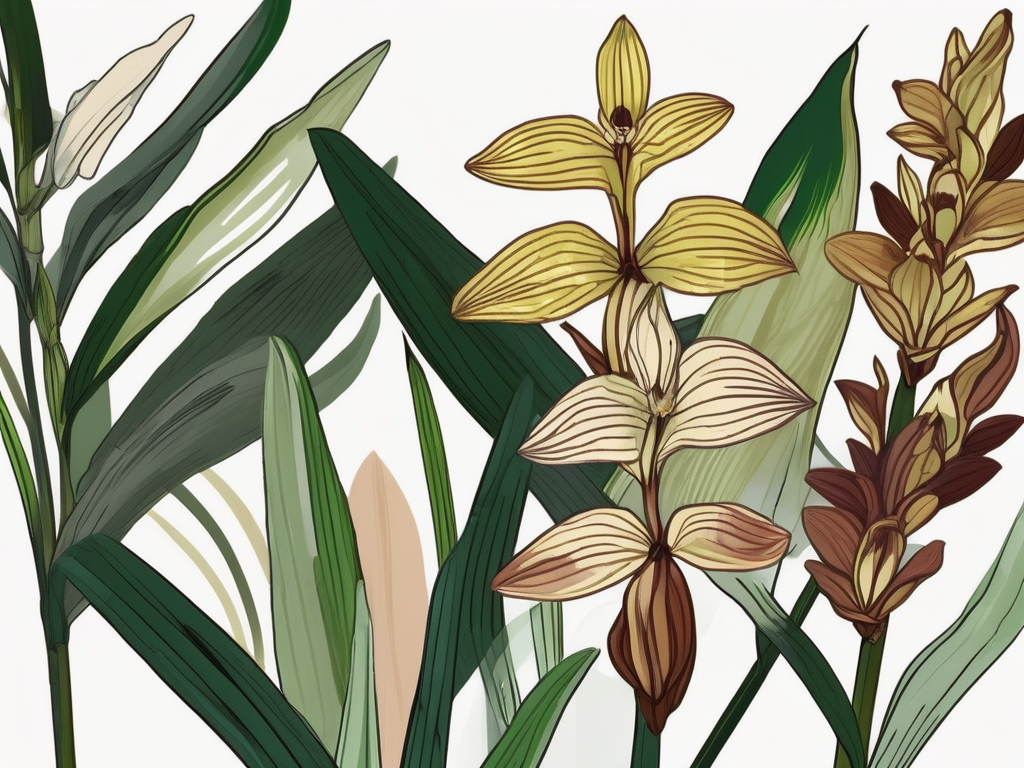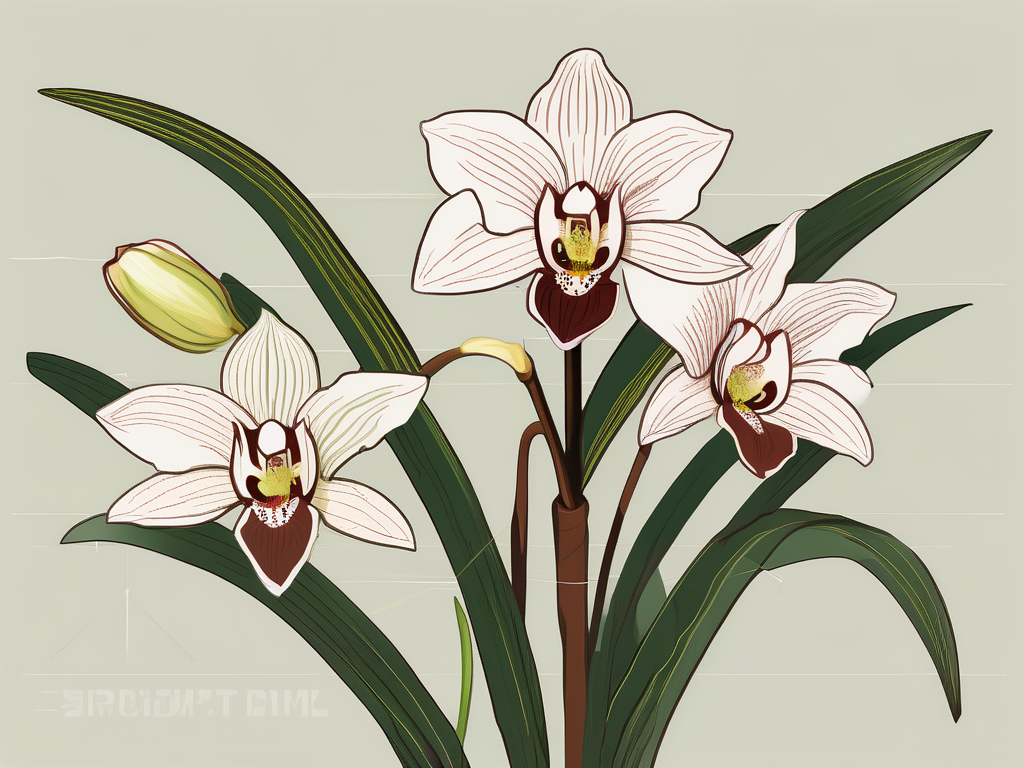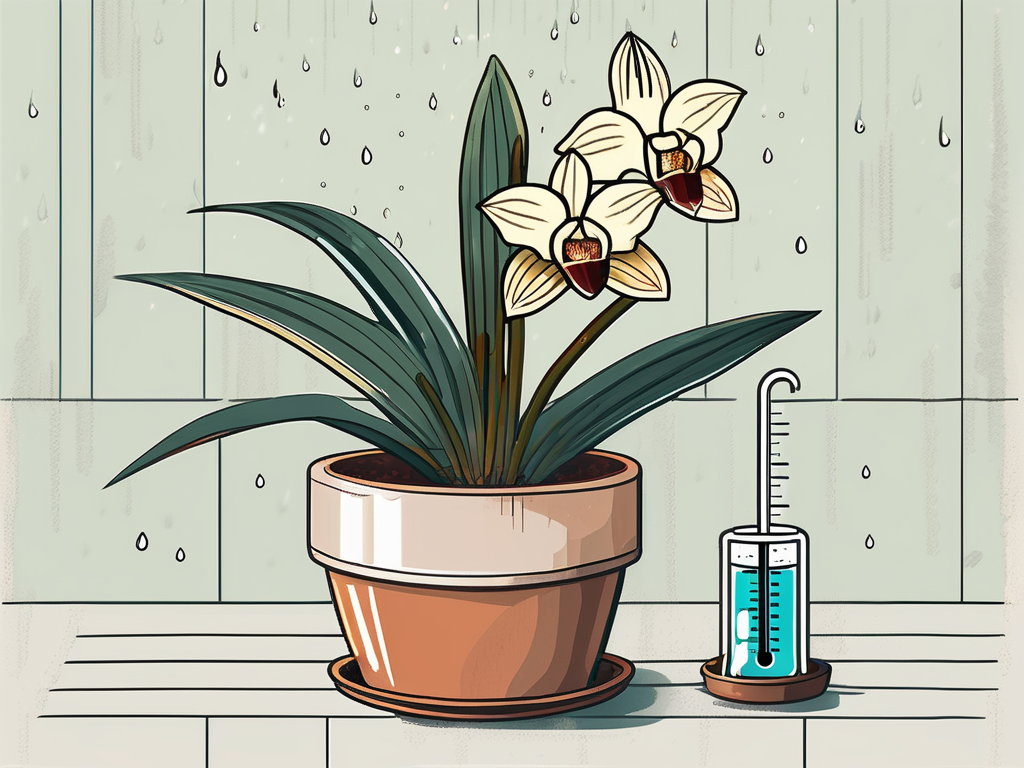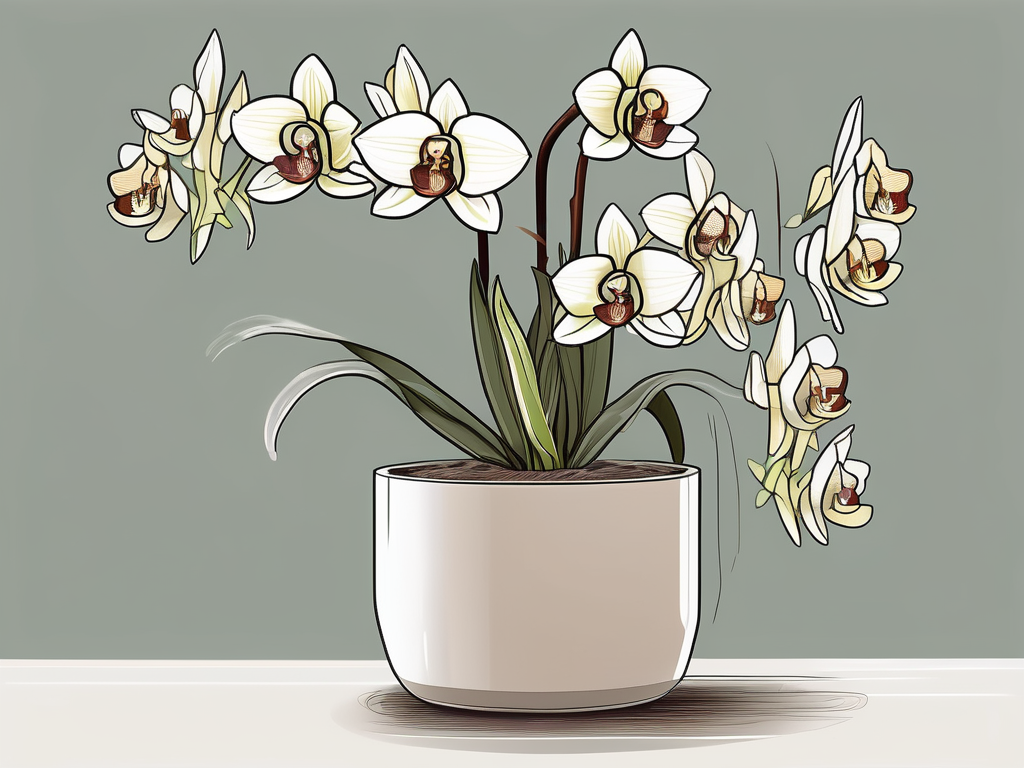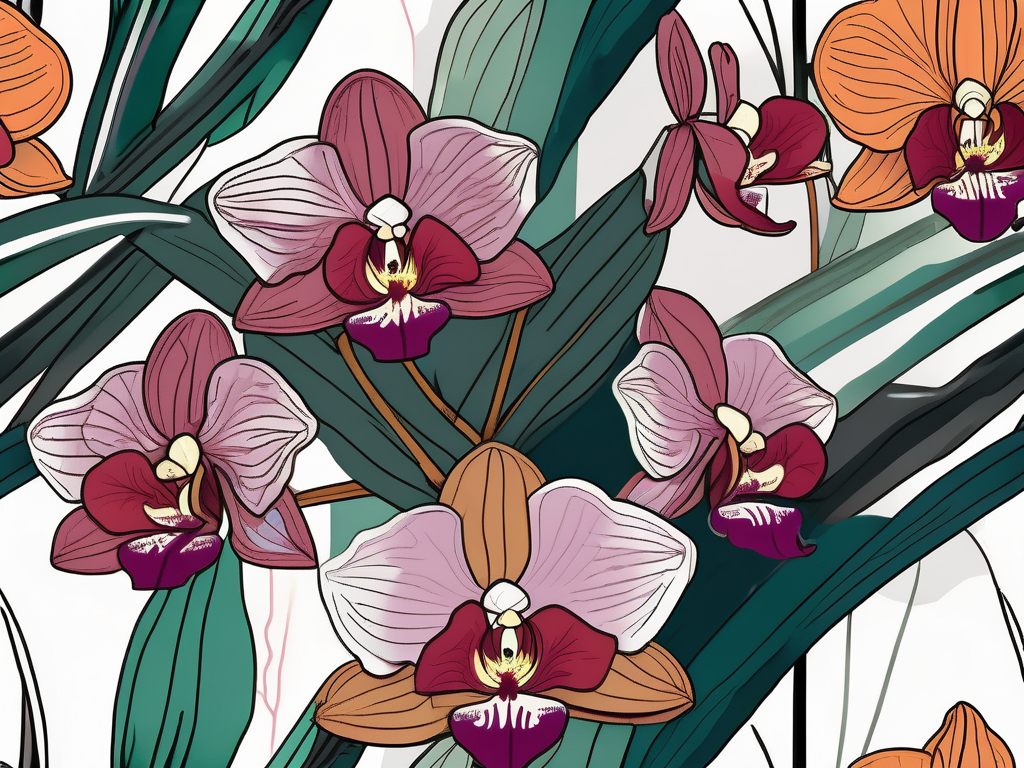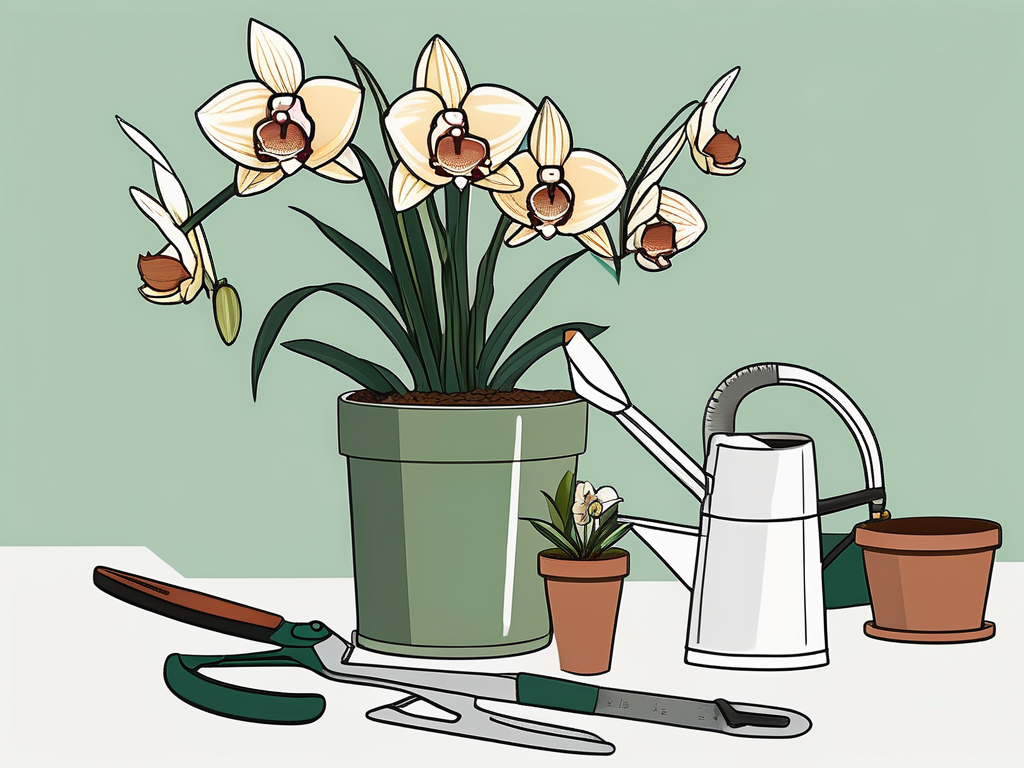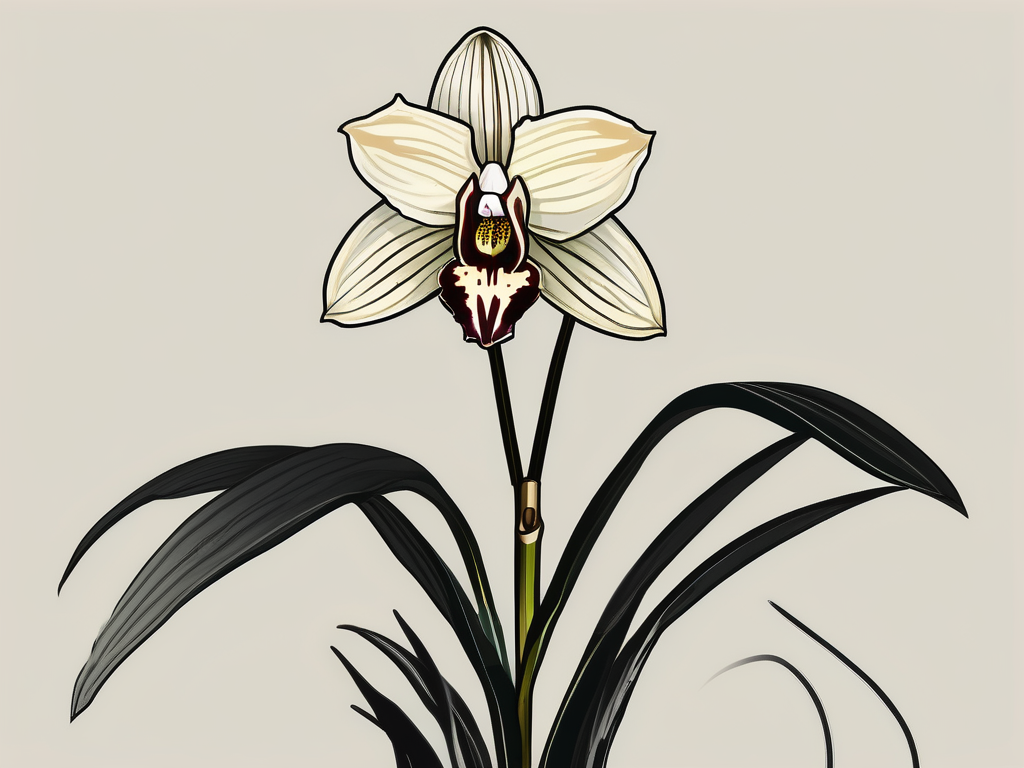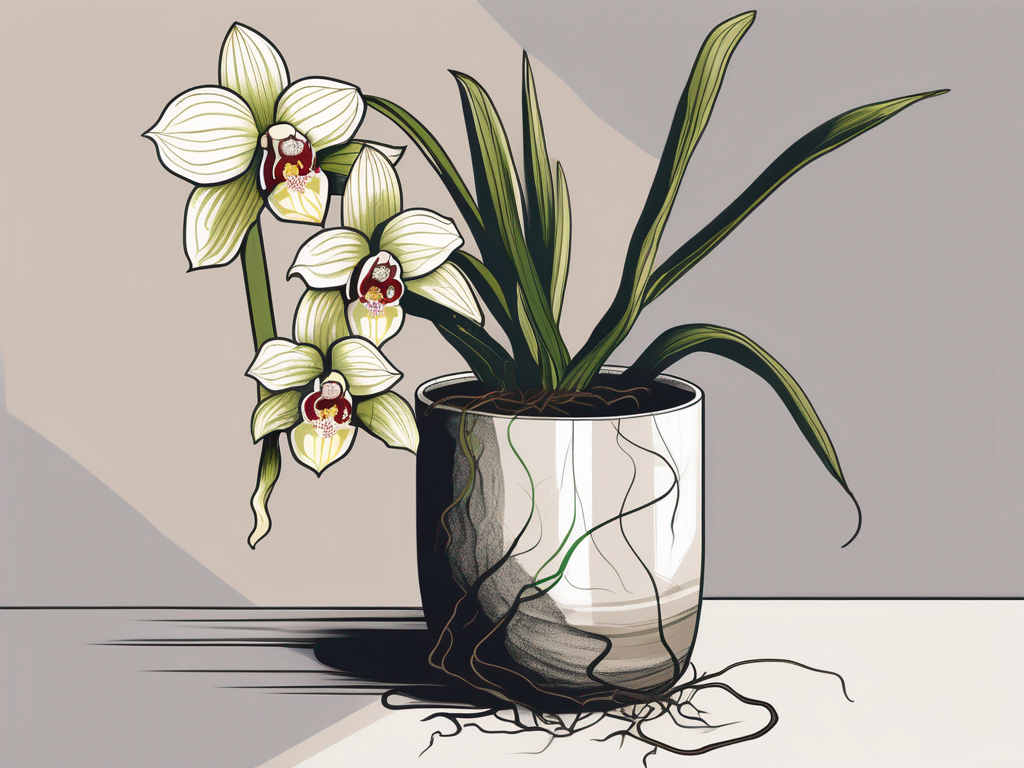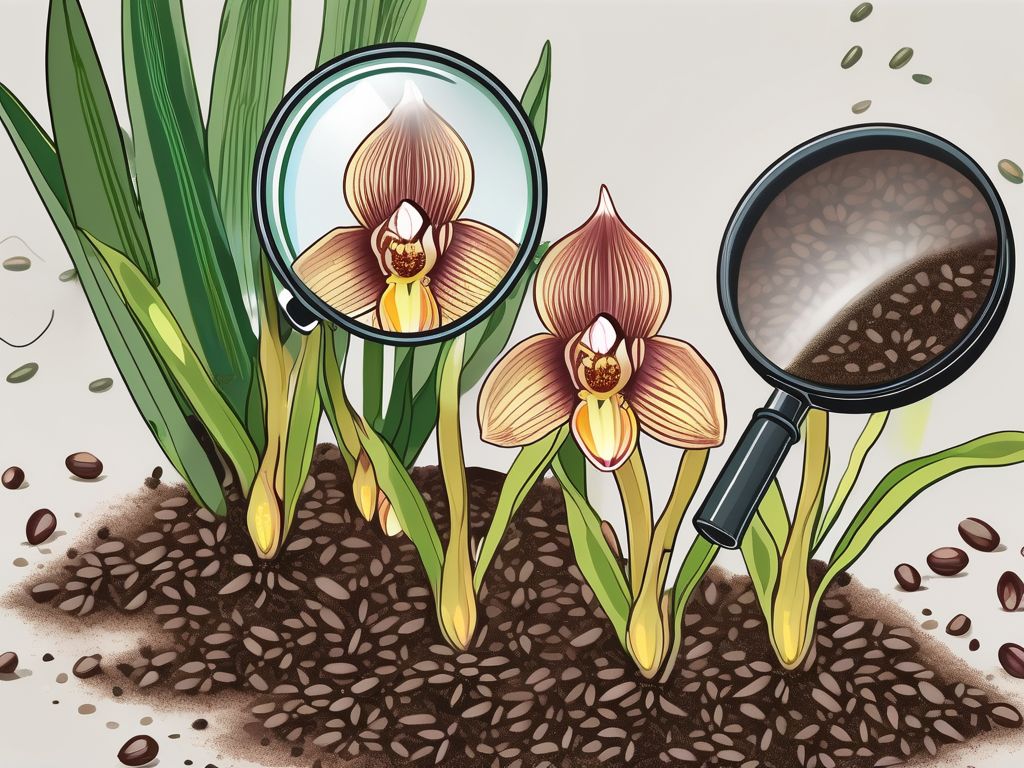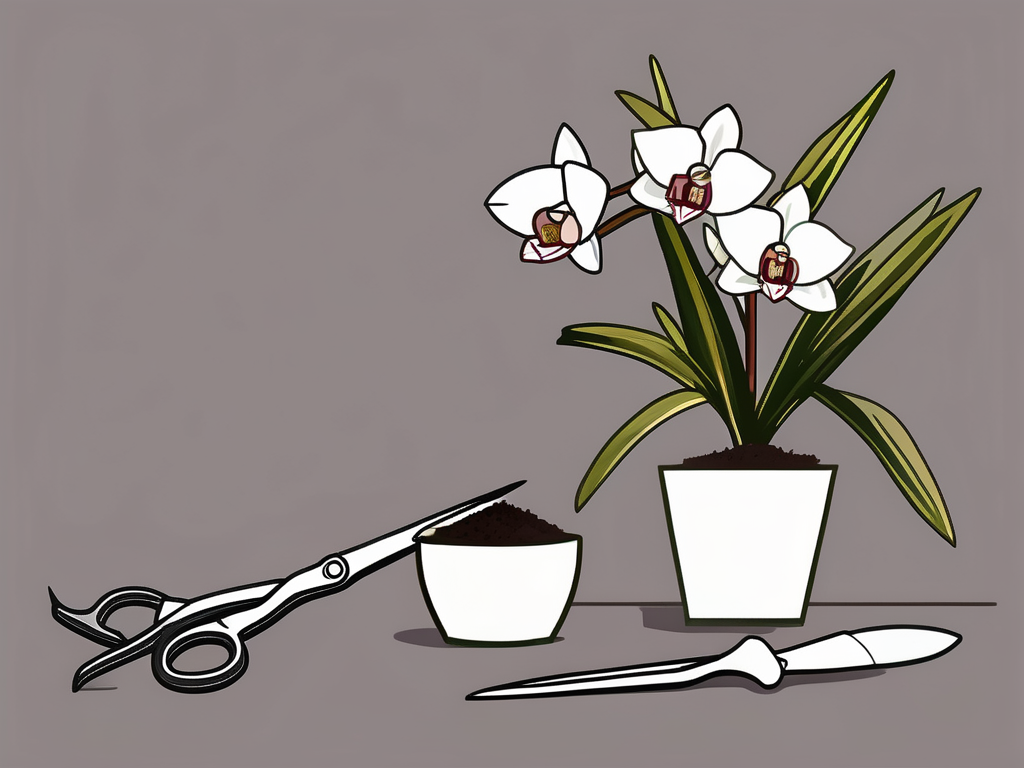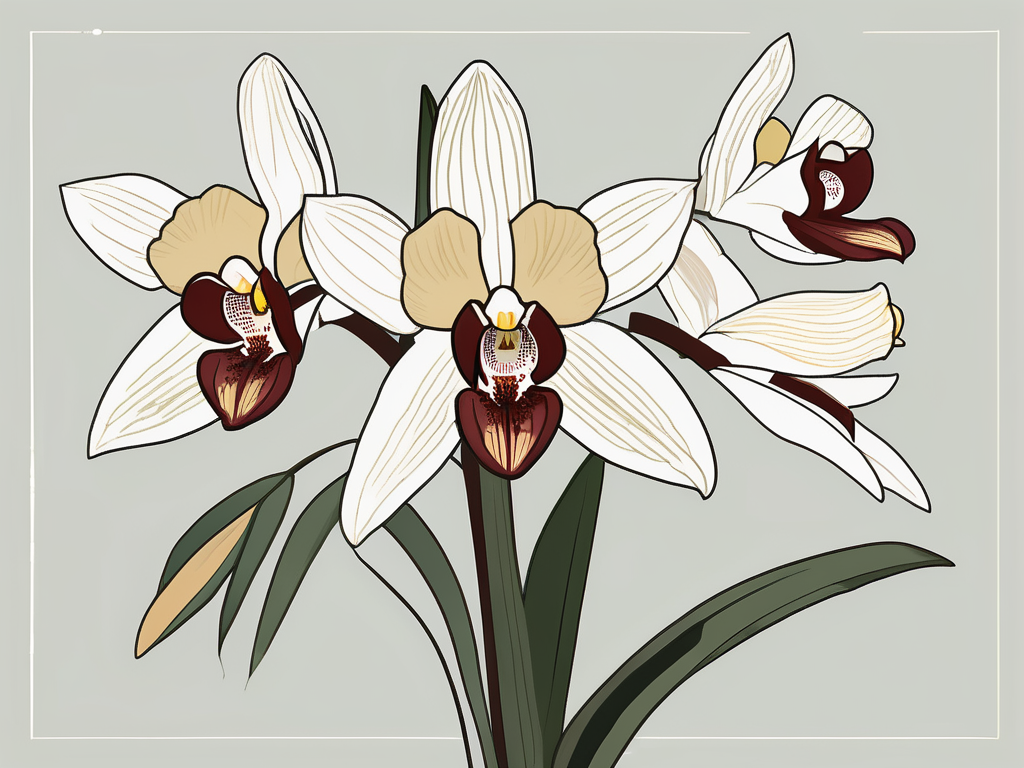
Ah, the beauty of Cymbidium orchids! With their striking blooms and vibrant colors, these orchids are a fantastic addition to any home. Known for their long-lasting flowers and relatively easy care, Cymbidium orchids can become the crown jewel of your plant collection.
This guide will walk you through everything you need to know about caring for these stunning plants. From selecting the right pot to understanding their light needs, we'll cover it all. So, grab a cup of tea, get comfy, and let's get started on your journey to growing healthy Cymbidium orchids.
Getting to Know Cymbidium Orchids
Before we dive into the nitty-gritty of care, let's chat a bit about what makes Cymbidium orchids so special. Native to Asia and Australia, these orchids are loved for their long flower spikes and a wide range of colors, including pink, white, yellow, and even green. They often bloom in the cooler months, adding a splash of color when most other plants are dormant.
Cymbidiums are terrestrial orchids, which means they naturally grow in soil rather than on trees like many other orchids. This makes them a bit more forgiving when it comes to care. They're also more tolerant of cooler temperatures, which can be a bonus if your home gets a bit chilly in the winter.
But don't be fooled by their beauty—these orchids have a bit of a diva streak. They require specific conditions to thrive, and getting them to rebloom can be tricky if you're not familiar with their needs. But don't worry, with a little patience and the right information, you can keep your Cymbidium orchids happy and thriving.
Choosing the Right Cymbidium for Your Home
When it comes to choosing a Cymbidium orchid, it's all about finding the right match for your space. With so many varieties available, it can be overwhelming to decide which one to bring home. Here are a few things to consider:
- Color and Size: Cymbidiums come in a wide range of colors. Think about your existing decor and which colors will complement it. Also, consider the size of the plant. Some Cymbidiums can grow quite large, so make sure you have enough space for your new plant friend.
- Blooming Season: Cymbidiums typically bloom in fall and winter, but some varieties might have different blooming seasons. If you're looking to fill a specific gap in your home's floral display, check the blooming time of the varieties you're considering.
- Local Climate: Consider your local climate. While Cymbidiums are more tolerant of cooler temperatures, they still need specific conditions to thrive. If you're in a particularly hot or cold climate, you might need to adjust your care routine.
Once you've picked the perfect Cymbidium, it's time to bring it home and introduce it to its new environment. Remember, a little bit of research can go a long way in ensuring your orchid feels right at home.
Understanding Light and Temperature Needs
Light and temperature are crucial factors for Cymbidium orchids. These plants love bright, indirect light. A south-facing window with a sheer curtain is often the perfect spot. If you're unsure whether your plant is getting enough light, check the leaves. They should be a healthy, medium-green. If they're too dark, your plant might need more light.
As for temperature, Cymbidiums prefer a cooler environment. They typically thrive in temperatures around 50-70°F (10-21°C) during the day and a bit cooler at night. Interestingly enough, a slight drop in temperature at night can actually encourage blooming, which is a neat trick to keep up your sleeve.
However, extreme temperatures can stress your plant. If it's too hot, the leaves might scorch, while too cold can stunt growth. Keep an eye on your plant's positioning throughout the year and make adjustments as needed. A small fan can help provide airflow and keep temperatures stable if you're worried about heat.
Watering Your Cymbidium
Watering can be a bit of a balancing act with Cymbidium orchids. They like to be kept moist, but not soggy. Overwatering is a common mistake and can lead to root rot, which is often a death sentence for orchids. So, how do you get it just right?
First, make sure your pot has drainage holes. This is non-negotiable. Without proper drainage, water will pool at the bottom, suffocating the roots. When you water, soak the potting medium thoroughly, then let it dry out slightly before watering again. During the growing season (spring and summer), you might need to water more frequently. In the cooler months, when growth slows, you can ease up a bit.
A great way to check if your Cymbidium needs water is to stick your finger about an inch into the soil. If it feels dry, it's time for a drink. If it's still moist, wait a few more days and check again. Your plant will thank you for taking the time to get this right!
Feeding Your Orchid
Cymbidiums are heavy feeders, especially during their active growing season. A balanced orchid fertilizer, applied every two weeks from spring through fall, can do wonders for growth and bloom production. Make sure the fertilizer is diluted to half strength, as too much can burn the roots.
In winter, you can reduce feeding to once a month, as the plant's growth slows down. Some plant lovers swear by switching to a high-phosphorus fertilizer in the fall to encourage flowering, but this isn't strictly necessary—just a little extra TLC.
Remember, more isn't always better. Over-fertilization can lead to a buildup of salts in the soil, which can harm your plant. If you notice a white crust on the surface of the potting medium, flush the pot with clear water to wash away excess salts.
Repotting Tips
Repotting is an important part of Cymbidium care. These orchids like to be repotted every two to three years, typically right after flowering. Repotting helps refresh the potting medium and gives the roots more room to grow.
When repotting, gently remove the plant from its current pot and shake off the old medium. Inspect the roots and trim away any that are dead or damaged. Choose a pot that's just one size larger than the current one, as Cymbidiums prefer to be a bit snug. Fill the new pot with fresh orchid potting mix, and settle your plant in its new home.
After repotting, hold off on watering for about a week. This gives any damaged roots time to heal and reduces the risk of rot. Your plant might look a little stressed at first, but it should bounce back quickly—and with renewed vigor!
Preventing Pests and Diseases
Like any plant, Cymbidiums can be susceptible to pests and diseases. Common pests include aphids, spider mites, and mealybugs. Regularly inspect your plant for signs of infestation, such as discolored leaves or sticky residue.
If you spot any pests, a gentle spray with soapy water can often do the trick. For more stubborn infestations, you might need to use a horticultural oil or insecticidal soap. Always follow the instructions on the product label, and make sure to treat the plant in the evening or on a cloudy day to avoid leaf burn.
Cymbidiums can also fall prey to fungal infections, particularly if they're overwatered. To prevent this, ensure proper drainage and good air circulation around your plant. If you notice any signs of rot, such as mushy roots or discolored leaves, remove the affected areas and adjust your care routine.
Encouraging Blooms
Getting Cymbidiums to bloom can sometimes feel like coaxing a cat into a bath. But with a few tricks, you can encourage your plant to put on a show-stopping display. As I mentioned earlier, a slight drop in temperature at night can stimulate blooming. If your plant isn't flowering, try moving it to a cooler spot.
Proper light is also crucial. If your Cymbidium isn't getting enough light, it might not have the energy to produce flowers. Make sure it's in a bright spot, but avoid direct sunlight, which can scorch the leaves.
Lastly, be patient. Cymbidiums are known for their slow growth, and it might take a few seasons for a young plant to reach blooming maturity. Keep up with your care routine, and your patience will be rewarded with stunning blooms.
Incorporating Cymbidiums into Your Home Decor
Beyond their care, Cymbidiums can add a touch of elegance to your home decor. Their long-lasting blooms are a beautiful focal point in any room, and their vibrant colors can complement a range of styles.
Consider placing your Cymbidium in a decorative pot that matches your decor. A simple, neutral pot can make the blooms stand out, while a colorful pot can add a pop of color to your space. You can also use plant stands to elevate your orchid and create visual interest.
If you're feeling creative, try grouping your Cymbidium with other houseplants. Mix and match different textures and sizes to create a lush, layered look. This can also help create a mini indoor garden right in your living room.
Final Thoughts
Caring for Cymbidium orchids can be a rewarding experience, bringing vibrant colors and elegance into your home. From understanding their light and temperature needs to mastering the art of watering, each step is an opportunity to connect with your plant. With patience and care, you'll enjoy their stunning blooms for years to come.
At Cafe Planta, we're passionate about helping you care for your plants. Whether you're looking for your next plant purchase or need some helpful advice, we're here to support you. Feel free to reach out to us via email or send us a DM on Instagram. We believe plants have the power to bring people together and inspire us to connect with nature. Let's grow together!













